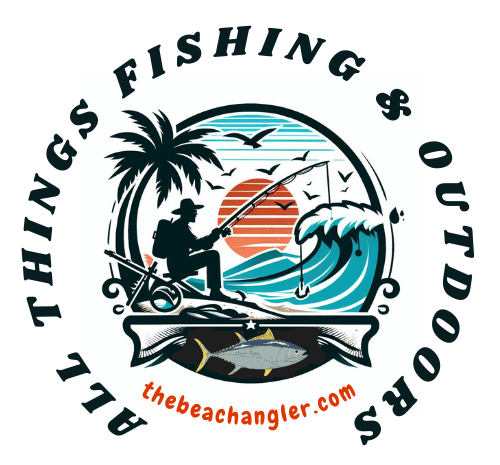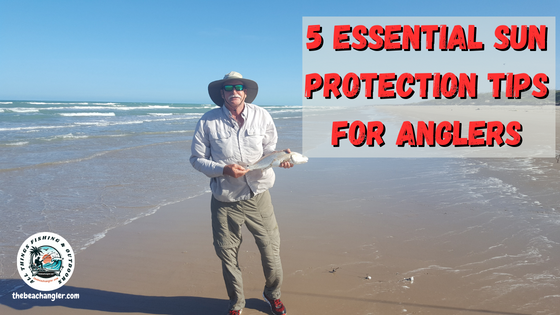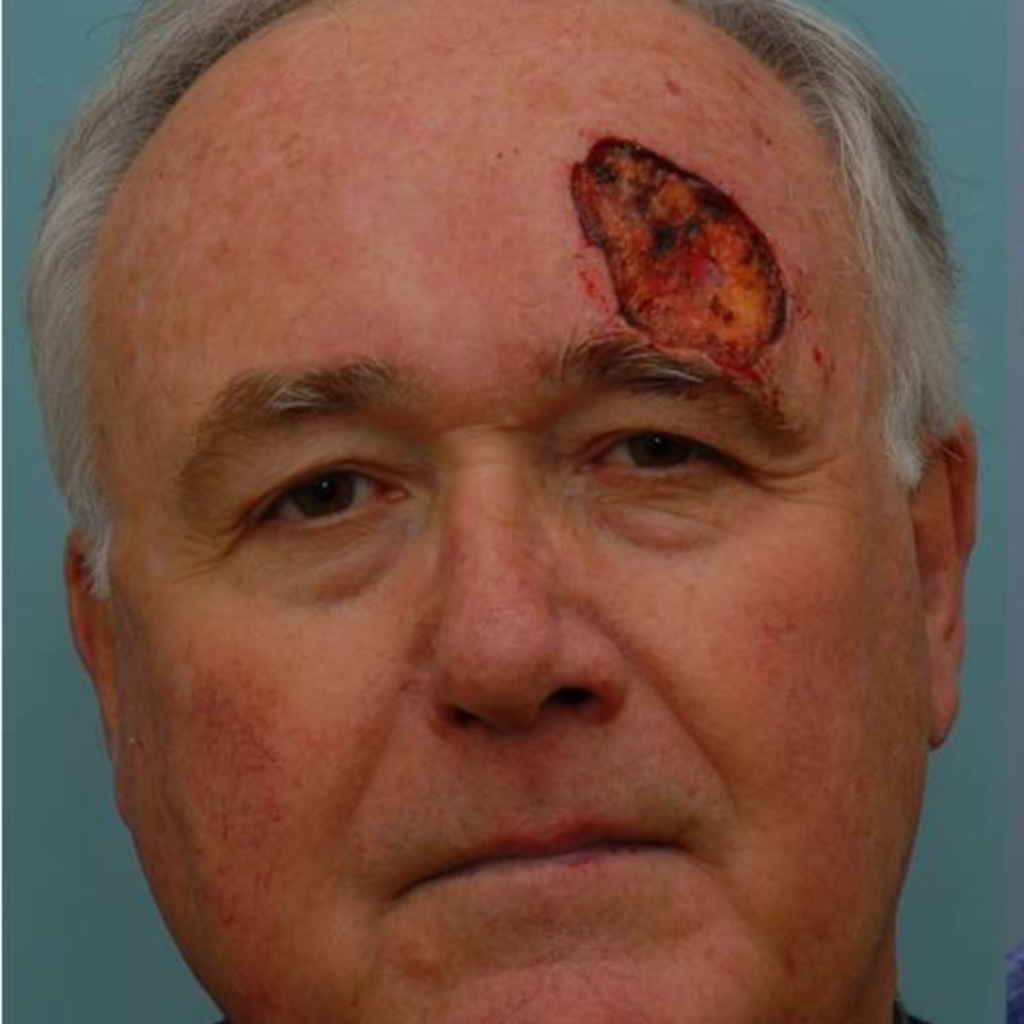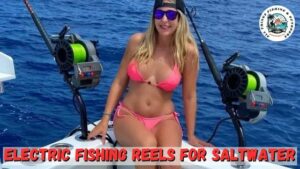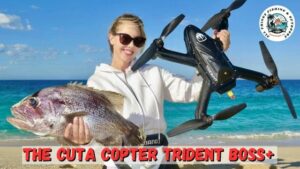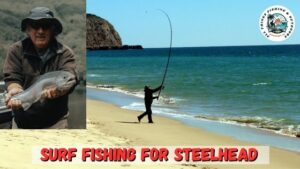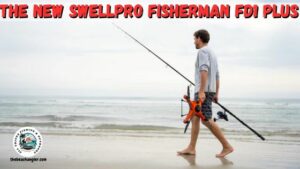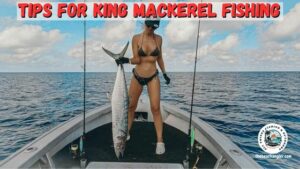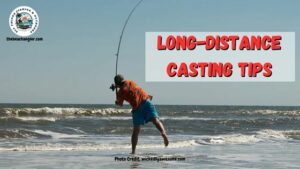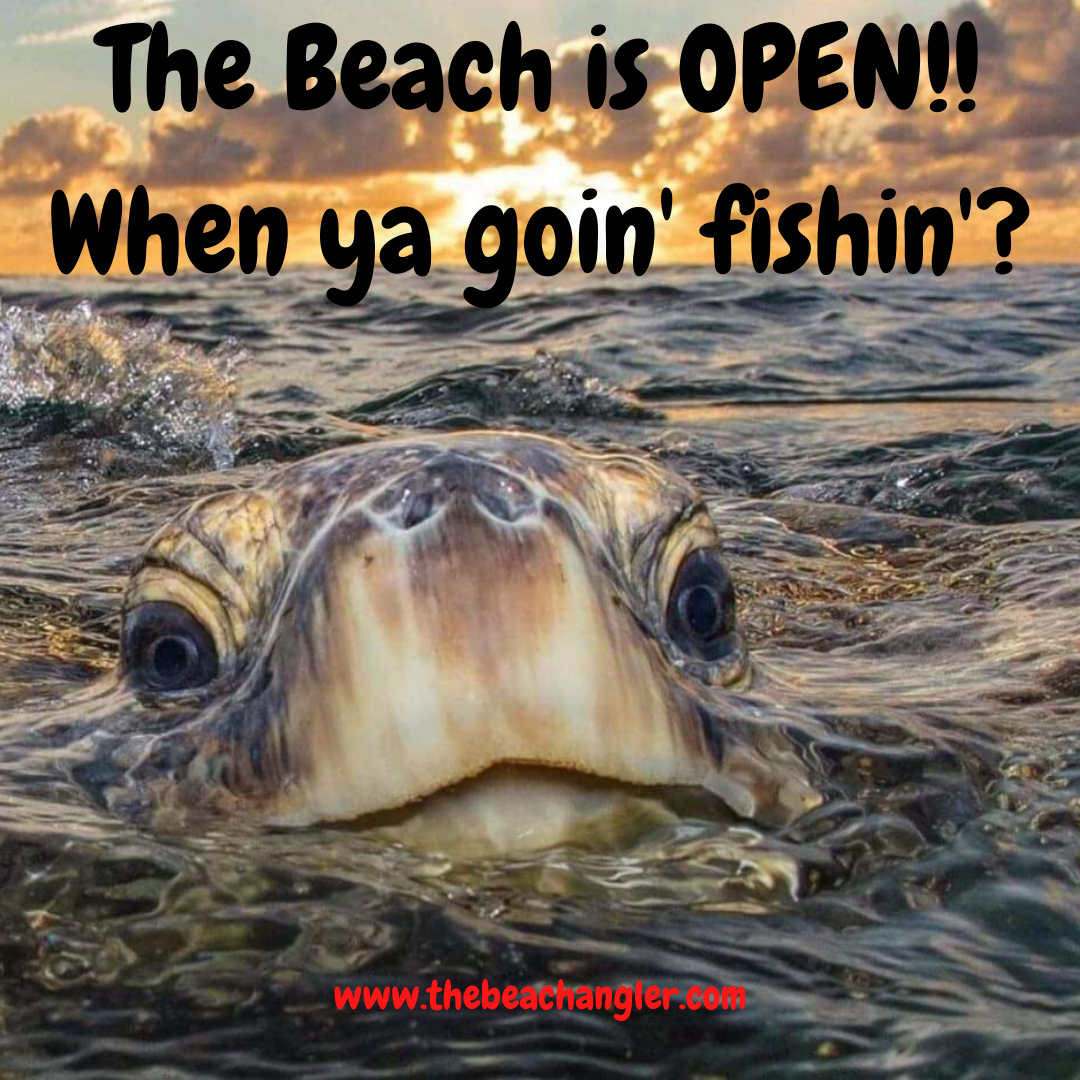Last updated on April 9th, 2024 at 04:14 pm
As an angler myself, I know that spending the day out on the open water is one of the purest pleasures in life. However, the sun that sparkles on the waves is more than warmth and beautiful scenery; it’s a source of ultraviolet (UV) radiation that poses a real threat to our health.
QUICK LOOK: 5 Tips for Sun Protection
- Check the UV index forecast when planning your trip
- Wear a long-sleeved shirt and long pants
- Wear a wide-brimmed hat to protect your face, neck, and ears.
- Use Polarized Sun Glasses
- Use water-resistant sunscreen on all exposed skin including hands and feet
I know firsthand and have the scars to prove it. Skin cancer is no joke, my friends. Scientists categorize UV radiation into three types: UVA, UVB, and UVC, with UVA and UVB being the ones that reach us here on Earth. These rays can cause sunburn, skin aging, eye damage, and increase the risk of skin cancer.
As anglers, we’re especially vulnerable to sun exposure. We often lose track of time as we focus on fishing, and the reflective surface of the water amplifies the UV rays, magnifying the risk of overexposure. Given the hours we spend under the sun, the cumulative effect of UV exposure demands that we take sun protection seriously.
It’s better to be proactive about sun protection, not just reactive after feeling a burn because then it’s too late, the damage is already done. Developing habits and a protection strategy before setting out can mean the difference between a fun-filled fishing trip and serious long-term health consequences. So while I usually carry a wide variety of rods, reels, lures, and baits when I go fishing, I also load up with my sun protection essentials.
Sun Protection Strategies for Saltwater Anglers
To thrive under the intense glare of the sun while saltwater fishing, it’s critical not only to layer up on the sunscreen but also to plan a multi-faceted defense regimen against the sun’s rays. Balancing the use of topical sunscreens, which absorb or reflect UV radiation, with physical barriers like clothing, hats, and sunglasses, will provide an effective shield for your skin and eyes.
Before you hit the water, please be sure to familiarize yourself with the right type of sunscreen. A broad-spectrum sunscreen with an SPF of 30 or higher is a must. Remember, reapplication is key, especially after sweating or contact with water, so grab a water-resistant formula to enhance staying power. Adherence to instructions matters: apply sunscreen 15 minutes before sun exposure and reapply at least every two hours, after toweling off, sweating, or after going in the water.
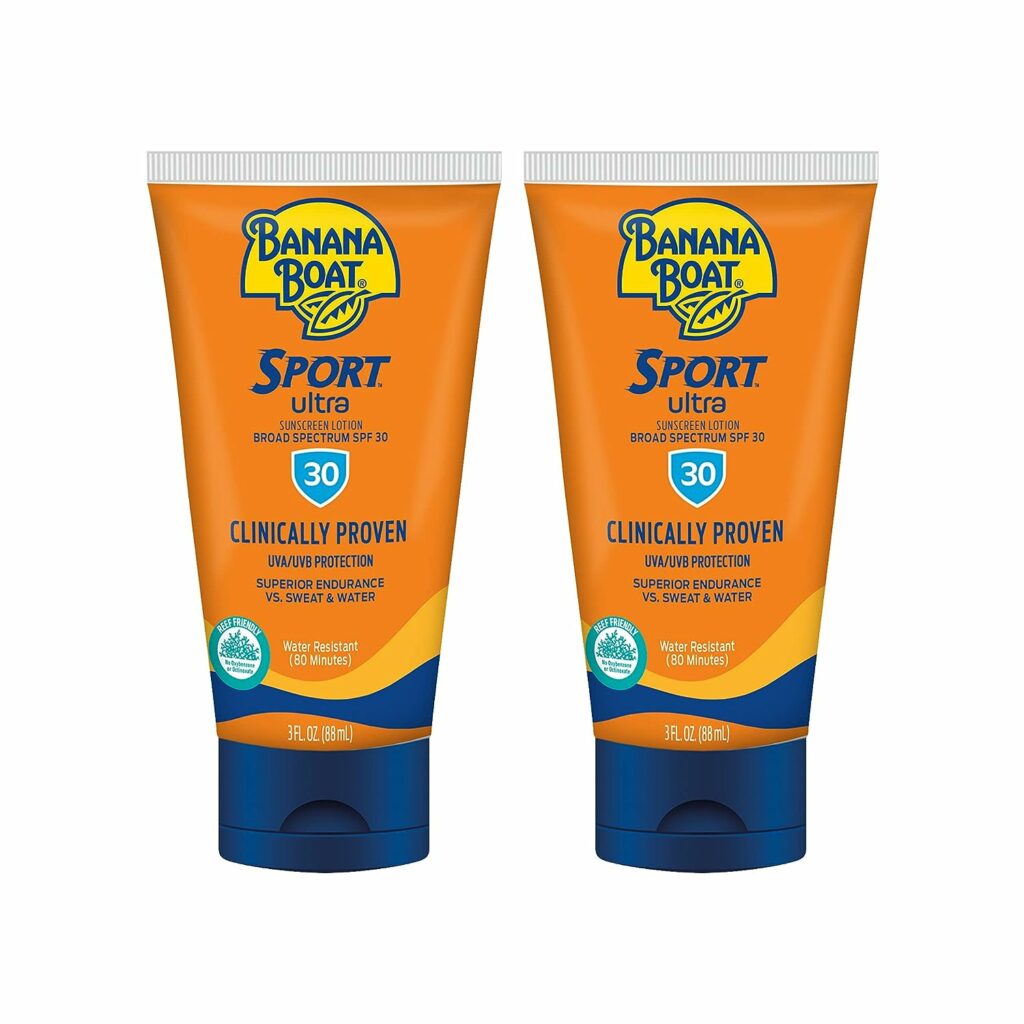

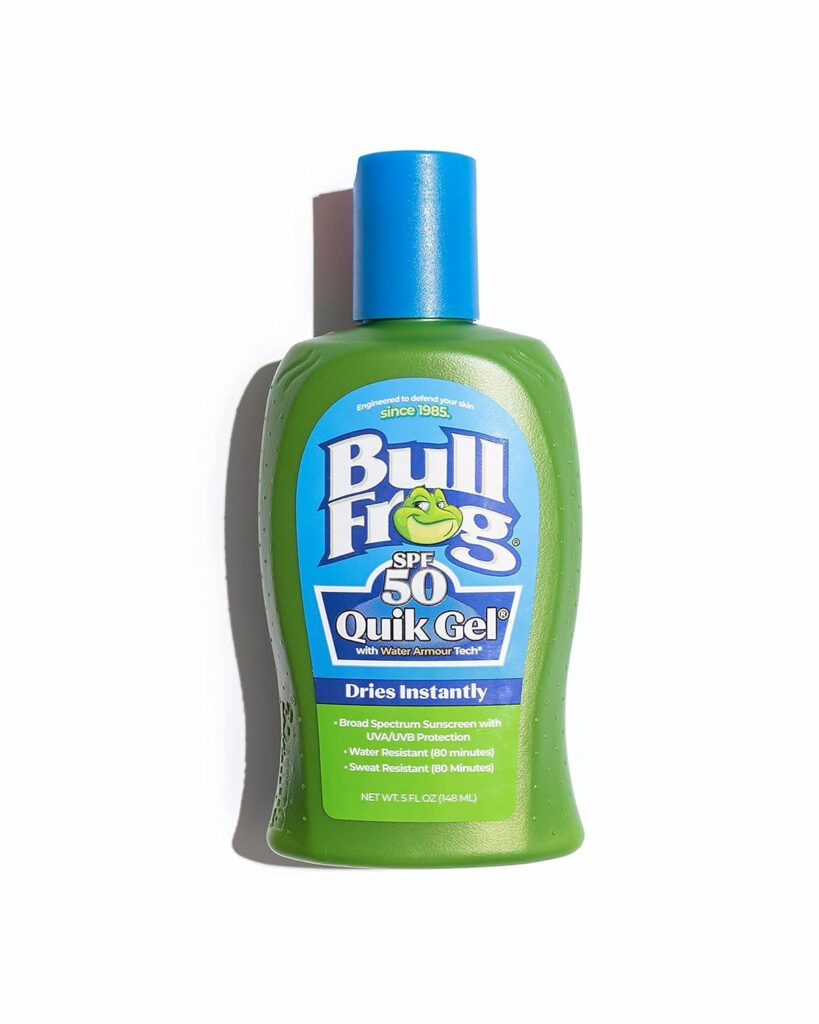
Yet sunscreen alone isn’t enough. The relentless reflection of the sun on the water can bypass areas that might be missed by creams and sprays. Clothing designed to block UV rays serves as your first line of defense. UPF-rated shirts, fishing gloves, and face bandanas shield skin even when sunscreen starts to wear thin. And let’s not forget a wide-brimmed hat to cover the face, neck, and ears, which are often neglected in sun protection routines.
Beyond topical and wearable protections, anglers can’t overlook the role of internal hydration. The grueling heat can dehydrate you faster than you realize, and dehydration not only affects your health but also your skin’s ability to defend against the sun. So, be sure to pack plenty of water for your trip and stay hydrated.
Essential Sun Protection Gear for Saltwater Anglers
When venturing out for a day on the waves, I make sure my tackle box is stocked not only with lures and rigs but with a few non-negotiable sun protection items. The glare off the ocean can be intense, and my skin takes a beating without the right gear. So here’s what’s on my list:
First off, a quality pair of sunglasses is paramount. I search for ones with polarized lenses to reduce glare, which is vital for spotting fish and navigating waters. They should provide 100% UV protection to safeguard my eyes, essential in preventing cataracts and other light-induced eye issues.
Next, there’s no substitute for a wide-brimmed hat. It protects my face, ears, and neck, often the areas most exposed and forgotten until it’s too late. Today’s market offers hats with UPF ratings, indicating the level of UV protection the material provides. I aim for UPF 50+ for maximum defense against the sun.
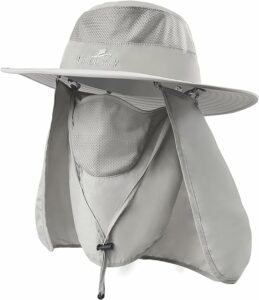
I know, in the summer it can get hot on the water but ditch the cutoffs and short sleeves. For clothing, long sleeves and collars offer added layers of safety. New fabric technology, like microfiber with built-in UPF, makes it breathable, lightweight, and relatively cool. It’s vital to feel comfortable, not restrained, especially when casting and reeling in fish.
Regarding sunscreen, I choose broad-spectrum products with at least SPF 30, resisting both UVA and UVB rays. Water resistance is crucial as well, remaining effective after sweating or a splash. I’ve learned to apply it liberally 15 minutes before sun exposure and to reapply every two hours, or immediately after heavy sweating or swimming.
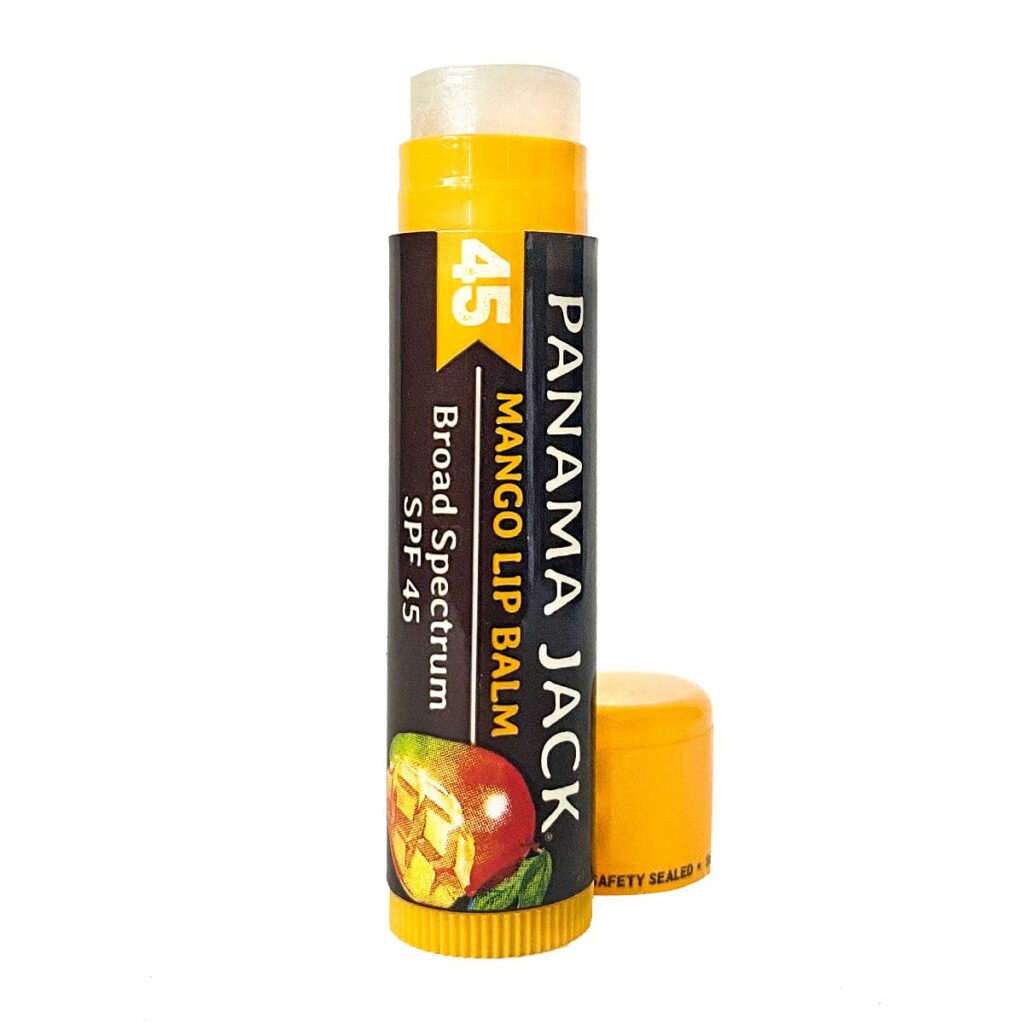
Lastly, don’t forget the lips and hands. A balm with SPF protection stops chapped, or worse, sunburned lips and gloves shield my hands from sunburn and improve my grip on the rod. In recent years face coverings with SPF protection that will cover your neck ears and face from the harmful effects of the sun have become available and highly recommended.
Equipped with these essentials, saltwater anglers like myself can focus on the catch, rather than nursing preventable sunburns. But even with this gear, it pays to be mindful of when and how to use them.
Recommended Sun Protection Gear List:
- Wide Brimmed Hat
- Polarized Sun Glasses
- Sunscreen
- SPF Lip Balm
- Fishing Gloves
- Face Mask, bandana, or neck gaiter
- Long-sleeved Shirt
- Long Pants
- Canopy or Pop-up Shade
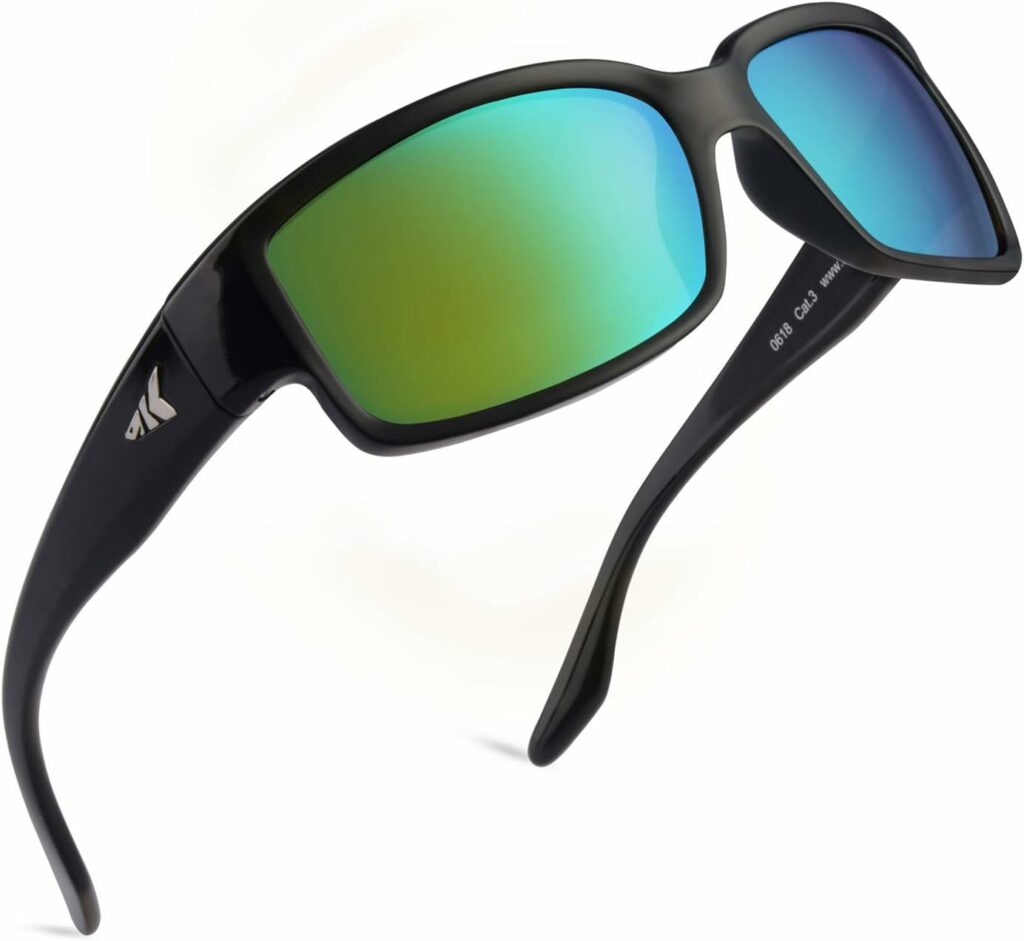
Practical Sun Protection Tips for Anglers
I understand the pull of the open sea; the anticipation as you set out before dawn, the thrill when the line tightens. But with the beauty of the saltwater experience comes the responsibility to navigate sun exposure wisely.
It’s crucial to plan your fishing trips during sun-safe hours, typically before 10 a.m. and after 4 p.m. when the sun’s rays are less intense. Remember, UV radiation peaks at midday, and that’s when you should be most cautious. In my younger days, I would fish all day from daylight til dark in nothing but shorts and a t-shirt. I’m paying for it now and once the damage is done, there is no going back.
I recommend you make it a habit to check the local UV index before heading out. This index provides a forecast of the expected risk of overexposure to UV radiation from the sun. The higher the index value, the greater the potential for damage to the skin and eyes, and the less time it takes for harm to occur.
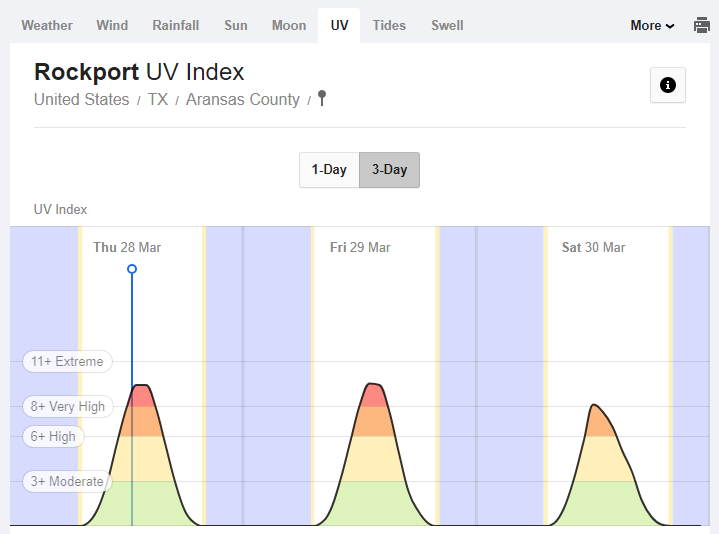
Never assume that cloud cover is a safe shield from UV rays. Surprisingly, up to 80% of UV can penetrate light clouds. And, due to the reflective nature of water, your UV exposure can actually increase while fishing. Yes, you can get sunburned on a cloudy day. So, seek shade whenever possible, even on days that seem overcast.
Carrying a portable shade structure, like a canopy or a large umbrella, can dramatically reduce your direct sun exposure. Installing a bimini top on your boat can also provide a refuge from the sun’s relentless assault.
These tips can serve as your armor against the invisible threat of UV radiation. Keeping them in mind ensures that you enjoy your saltwater angling excursions without the worry of sunburn and skin damage.
Advanced Techniques and Technology for Sun Protection
I’m always on the lookout for the latest advancements in sun protection, especially given the amount of time I spend on the water. New technology and materials can play a pivotal role in keeping us safe from harmful UV rays. For instance, UV sensing stickers or wristbands change color to indicate UV exposure, reminding us it’s time to seek shade or reapply sunscreen.
But it’s not just about gadgets. Clothing has become smarter, too. Fabrics with built-in UV inhibitors offer long-lasting protection and can be a game-changer for saltwater anglers who spend hours in the sun. Look for innovative materials that also facilitate cooling to prevent overheating.
As we move forward, trends in sun protection point towards integrating tech with wear. Think of clothing that not only blocks UV rays but also cools the body, has anti-microbial properties, or even releases a soothing aloe vera mist. While the market catches up with these innovations, keeping an eye on developments can mean better sun safety practices for our fishing trips.
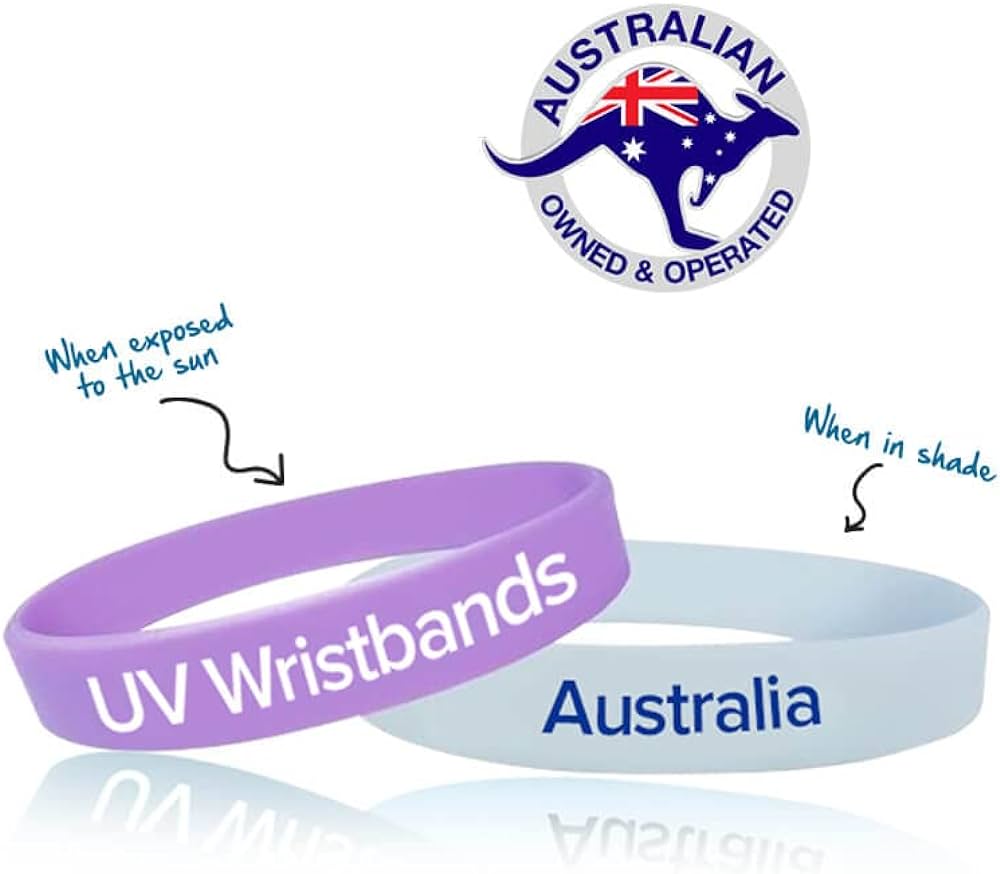
The incorporation of technology into sun protection is a clear signal that we must evolve our approach to combat the ever-present UV threat. By adopting these cutting-edge solutions, we can further safeguard our skin and eyes during our outdoor adventures while waiting for the ‘next big thing’ in sun protection.
Frequently Asked Questions About Sun Protection
I understand you may have questions regarding sun protection while enjoying your passion for saltwater fishing. Here, I address the most pressing concerns that fellow anglers frequently raise:
What SPF is best for a full day of saltwater fishing?
A broad-spectrum sunscreen with an SPF of 30 or higher is the standard choice for full-day exposure. Remember to reapply at least every two hours, or more often if you’re sweating or getting wet.
Can I get sunburnt even on cloudy days at sea?
Absolutely. Up to 80% of UV rays can penetrate clouds, making it important to wear sunscreen even on overcast days.
How often should I reapply sunscreen while fishing?
Every two hours is a good rule, but if you take a dip or towel off, reapply immediately afterward.
What type of sunglasses provide the best protection for anglers?
Look for sunglasses that block 100% of UVA and UVB rays. Polarized lenses can also reduce glare from the water surface, making them a top choice for anglers.
How does water reflection affect UV exposure for saltwater anglers?
UV rays can bounce off the water’s surface, increasing your exposure. This is why both your skin and eyes need extra protection.
What are the signs of sun damage to look out for when on the water?
Red skin, discomfort, or a tight sensation are early warning signs. Long-term exposure can lead to skin changes like texture, dark spots, or wrinkles. STAY VIGILANT and consult a dermatologist for annual check-ups to assess any skin changes.
Use Sun Protection Your Skin will Thank You Later
KEY TAKEAWAYS:
- Plan for and take sun protection seriously. Skin Cancer is no joke and you don’t want to go there.
- Use sunscreen and reapply every two hours or more if you are sweating or swimming.
- Take advantage of the latest SPF-rated fishing apparel. Wear long-sleeved shirts and long pants as much as possible. Don’t forget a wide-brimmed hat and quality polarized sunglasses for eye protection.
- Take advantage of shade whenever possible, especially during the heat of the day when the sun’s rays are the most intense.
As always, stay safe, enjoy the journey and please try to leave it cleaner than you found it. If you have any comments, questions, ideas, or suggestions please leave them in the comment section below and I’ll get back to you ASAP. You can follow us on Facebook: Rex The Beach Angler, Instagram: thebeachangler7, Twitter: @AnglerBeach, and YouTube: Man Art Creations.
Latest Articles:
- 7 Top Electric Fishing Reels For Saltwater
- Reviewing The 8.8lb Capacity Cuta Copter Trident Boss+ For Fishing
- 3 Critical Factors to Surf Fishing For Steelhead Or Chasing Rainbows With Attitudes
- The New Swellpro Fisherman FD1+ Vs The SwellPro Fisherman FD1
- Tips For King Mackerel Fishing From The Beach
- 3 Tips For Long-Distance Casting While Surf Fishing
P.S. – Thanks so much for checking out our blog we really appreciate it. Just so you know, we may receive a commission if you click on some of the links that appear on our site. This helps us keep our content free and up-to-date for everyone. We appreciate your support!
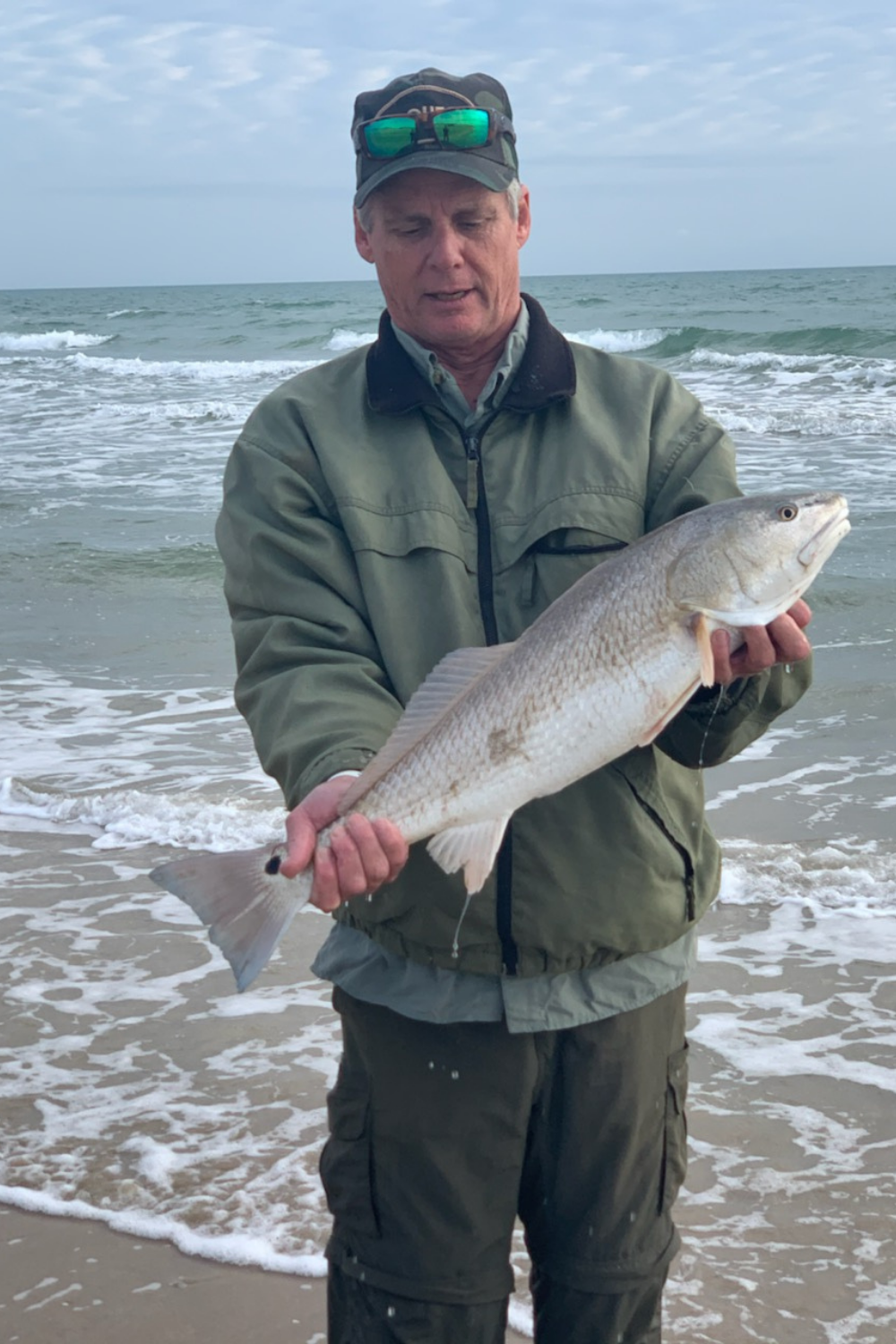
A life long surf fisherman with 50+ years of experience, I am also an avid hunter and outdoorsman. I will be sharing my passion for the outdoors with you so be prepared for hunting, fishing, camping, hiking and more. Along with gear reviews and the latest trends and innovations in the outdoor industry.
